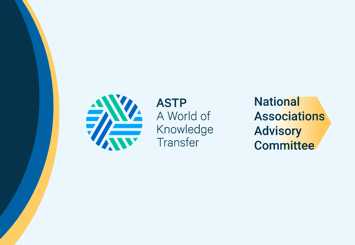
Academia–Industry Collaborations: Moving…
Across Europe, universities and research institutions are being called upon to play a more active role in driving…

Dr. Elodie Naveau outlines the advantages of being RTTP.
“In the technology transfer profession, we are mostly dependent on public funding and political decisions. As a result, we have the urge to have a high need for stability and durable recognition. Being active for 5 years and having attended multiple training programs, the time was there to submit my application for becoming a RTTP.
I earned the required Continued Education credits (for route 1) by combining a three-day ASTP-Proton course, three short masterclasses, and two participations to annual conferences. As achievement overview, I chose an R&D collaboration agreement with a company that I helped put together and negotiate. The purpose of the collaboration was to mature a process from lab-scale to an industrial scale in view of its transfer to the company, a major leader on the market. I enjoyed the challenge of summarizing all the different aspects of my job in less than three pages. It also helped me realize the impact I had on the outcome.
As technology transfer officer, you are not the one to decide but still you have a central role in making it happen. With the recognition from the Alliance of Technology Transfer Professionals (ATTP), I receive support from a large community, I gain credibility in my role and it helps to feel confident for the future in a changing environment.”
Check the ATTP website for the upcoming application deadlines and more information on RTTP.

Across Europe, universities and research institutions are being called upon to play a more active role in driving…

In an era where universities and research organisations are called upon to deliver more than just excellent teaching…

In the ever-evolving landscape of knowledge transfer, data doesn’t just tell a story—it defines direction. With…
Join our newsletter and get the latest news